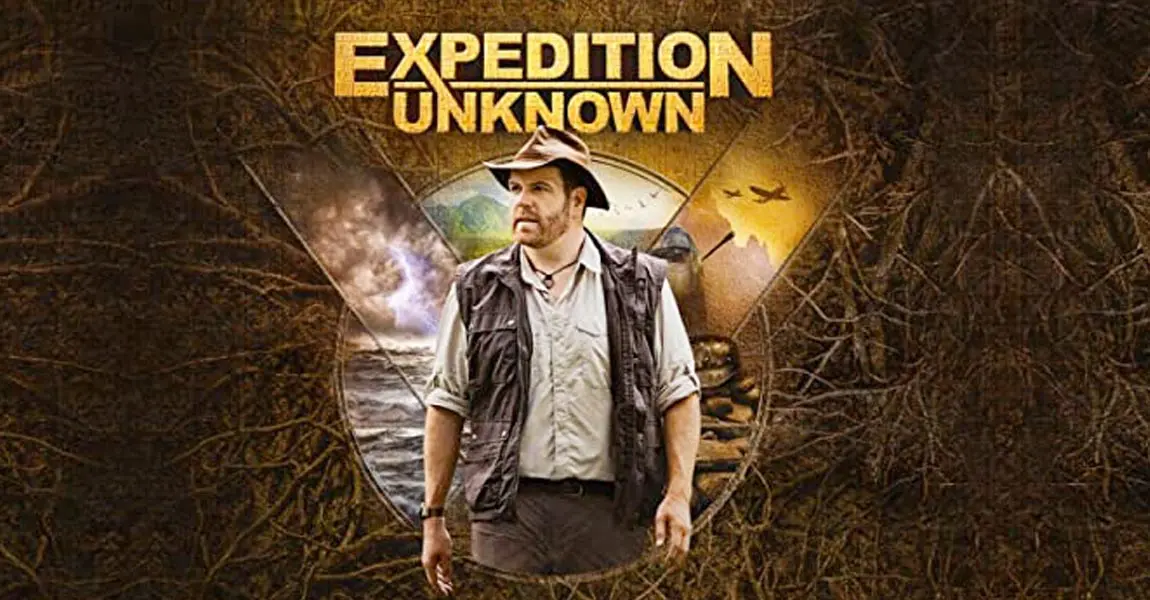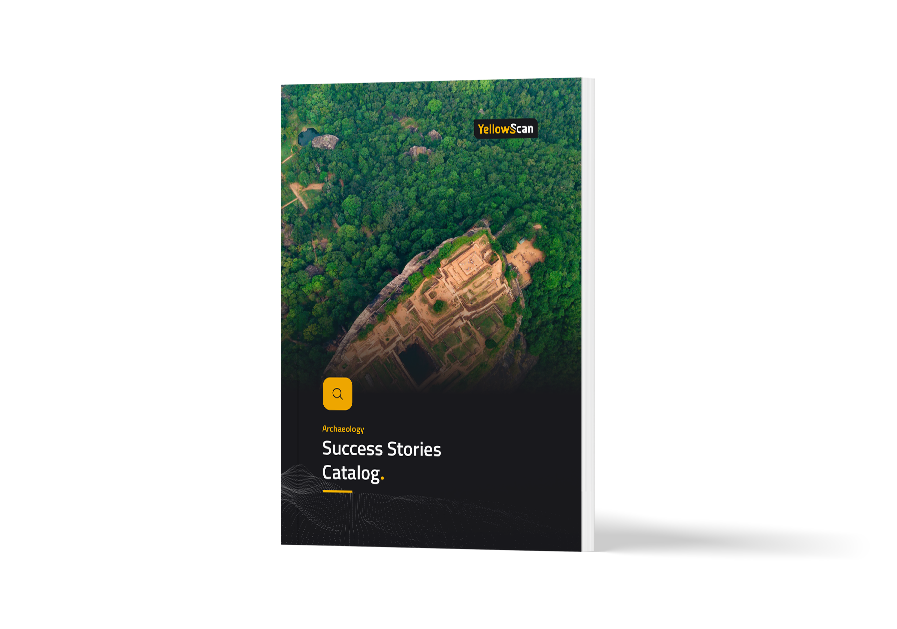UAS laser scanning helped find WW2 buried structures

How UAS laser scanning helps archaeology
On D-Day, Normandy was the theater of a massive firefight. 75 years later, we still have not found all buried structures from that period.
In a field, not far away from Omaha beach, Josh Gates, presenter of the US TV show “Expedition Unknown”, is seeking new World War 2 buried sites.
With the help of the British amateur military historian Gary Sterne, and UAV LiDAR pilot Isabelle Heitz from Aird’eco-Drone, they use UAS laser scanning technology to discover a German bunker.
LiDAR is a laser mapping technology fitting archaeology needs. In this episode, Isabelle Heitz scans the field during 7 hours with her drone and YellowScan Surveyor LiDAR system attached underneath. YellowScan Surveyor system emits 300.000 pulses of lights per second. This allow the generation of a pointcloud (million of points) tranformed into a map.
Once UAS laser scanning operation is done, trees and vegetation are removed. With bare earth model obtained, the team can identify potential old structures, invisible to the naked eye. What follows is helpful to understand why LiDAR is used by archaeologists. They use UAS laser scanning to find old remains covered by dense vegetation.
Sneak a peek!
NB: Author Julien BO




